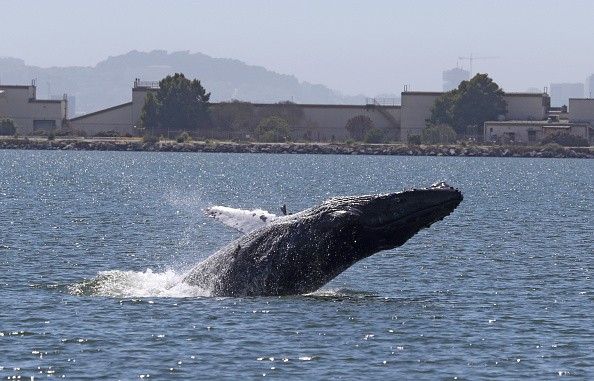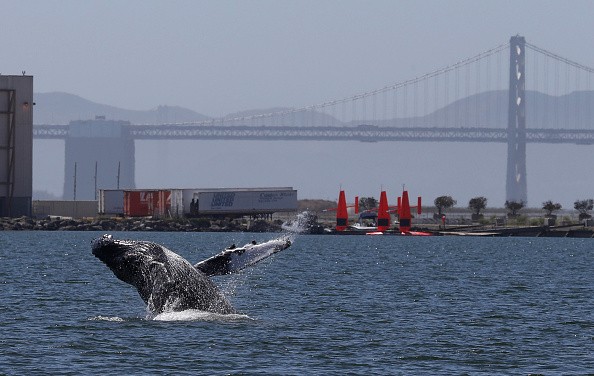The reappearance of the humpback whale's populations over the past five decades is said to be one of the great global conservation success stories. And presently, the federal Department of Agriculture, Water, and the Environment is thinking about erasing the species from Australia's threatened list.

Population of Humpback Whales
Humpback whales are dealing with new and emerging threats, both climate change. It is notoriously hard observing whales, and the government has not declared monitoring plans to make sure the population of humpback stays strong after delisting. A plan is needed to keep them safe.
Australia's whale season is about to start. Between May and November each year, the mammals travel north along the coastline of Australia from their grazing grounds in Antarctica to warmer waters. There, they reproduce before coming back south. So now is the right time to take a closer look at the position of this recognizable, charismatic species.
Humpback whales reside in every ocean in the world and they have one of the long-lasting migrations of any mammal. The number of humpback whales diminishes as a result of commercial whaling, which began in Australia in the late 18th Century.
Prohibition of Humpback Whaling
Whaling and the transport of whale products was Australia's initial primary industry. Between 1949 and 1962 whales in Australia killed around 8,300 humpback whales off the east coast, till only a few hundred were remaining.
In 1963, the International Whaling Commission prohibited humpback whaling in the Southern Hemisphere. By then, populations of humpback had decreased to about 5 percent of pre-whaling numbers. In the years since, some whaling proceeded, but has now largely stopped. Presently humpback whales face new threats.
This includes climate change, vehicle collisions, getting caught in fishing gear, habitat degradation, over-harvesting prey like krill, pollution, marine debris, and underwater noise which interferes with the communication of whales. In particular, the consequences of climate change such as shifting currents, warming waters, and ocean acidification - may influence the availability of prey that humpback whales require to live.
Delisting Evaluation
According to the federal government's delisting evaluation, the strong recovery of humpback whales suggests present threats are not a risk to the population. But this evaluation has shortcomings. It states humpback whales on the east of Australia and west coast have gotten to, or are exceeding, the primary population size - escalating by 10-11% a year over the previous decade or longer.
But this detail is based on models making use of data gotten prior to 2010 for the west coast of Australia, and prior to 2015 for the east coast. This information isn't readily accessible to the public and does not include current trends of population.

The pre-whaling population size of humpback whales on Australia's east and west coast is believed to be between 40,000 and 60,000. But data is limited and the real number may have been much higher. Presently, the estimated numbers from population models are close: about 28,000 on the east coast and up to 30,000 on the west coast. But counting humpback whales correctly is very tough.
Related Arrticle: Male Humpback Whale Survives 4-Hour Attack By Troop Of Orcas
For more news, updates about humpback whales and similar topics don't forget to follow Nature World News!
© 2025 NatureWorldNews.com All rights reserved. Do not reproduce without permission.





